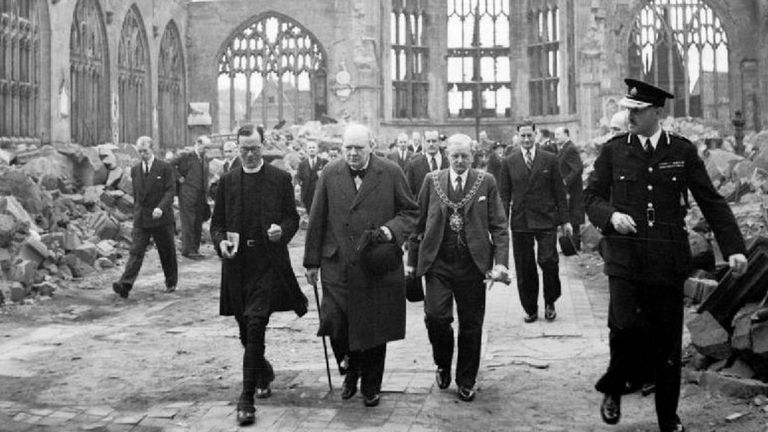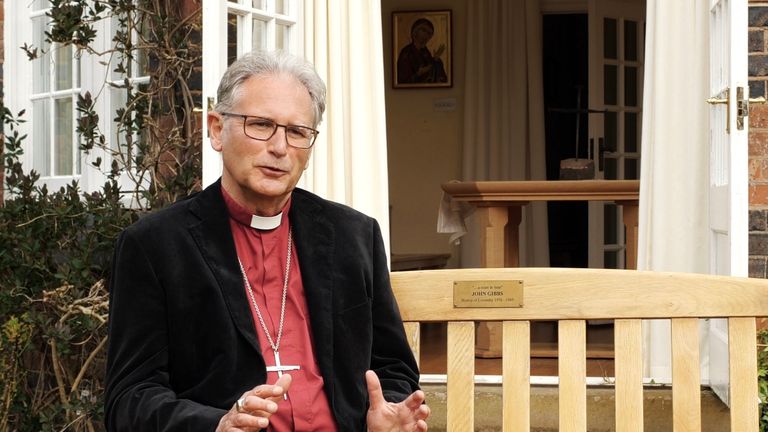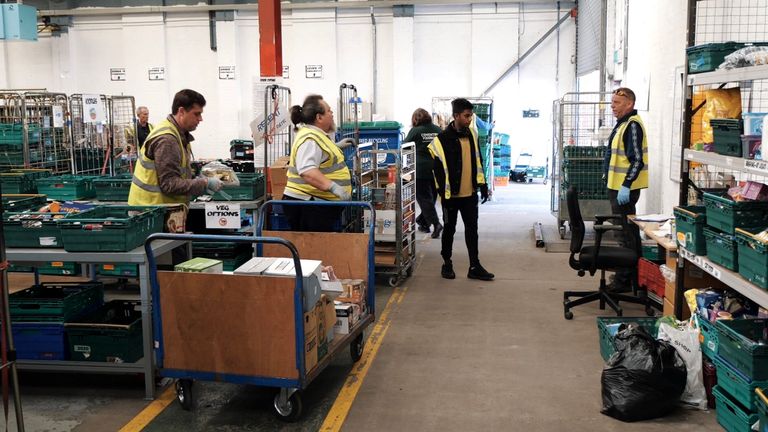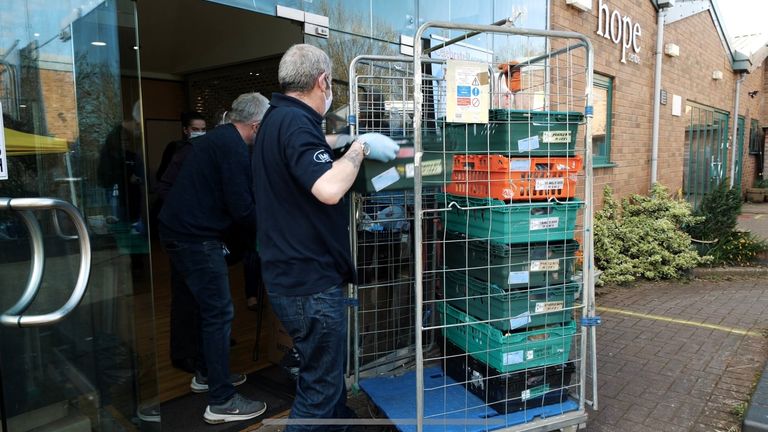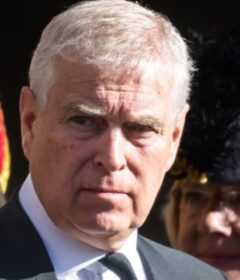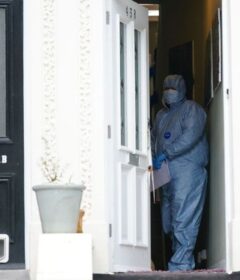Coronavirus: Coventry’s cathedral is a symbol of hope and defiance once more
In the traditional heart of England, there is a city where resilience and community spirit resonate strongly.
It is my first time back in Coventry for probably 30 years.
I recall visiting the city as a child and my memories are vivid. Concrete buildings of the 1950s and 60s and at its heart, an extraordinary memorial of a dark time.
The skeleton of the old cathedral stands, still, as a reminder the Blitz.
On one night of bombing on 14 November 1940, the city of Coventry was flattened. Where the Luftwaffe’s incendiary bombs fell hundreds of lives were lost. The scars are now filled with the architecture of the 50s.
In the centre, the people’s cathedral burned with their city. The onslaught was a devastation so great and so concentrated that the expectation was it would break the spirit of the people.
Instead the opposite happened. The very next morning, the cathedral’s provost, Richard Howard, vowed that a new cathedral would rise from the ruins.
It would not be an act of defiance but a message of faith, of trust and of hope for the city and beyond.
As we navigate a new crisis, I am back in the city to see if that spirit of help and of hope on which the people of Coventry pride themselves has risen again.
Many aspects of this coronavirus struggle have moved fast; views have changed; our perception of the seriousness of it all has shifted as time has past.
Rather in the same way, I wondered for a while, in the earlier days, how apt a comparison it was to draw parallels between World War Two and the COVID-19 challenges we are facing today.
But a few hours in Coventry and the surrounding countryside and it’s clear that communities, some of whom remember the war, feel deeply about the comparisons.
The struggles are similar – in some ways worse – and that wartime resilience and community spirit is here again, in abundance.
The Right Reverend Dr Christopher Cocksworth is the Bishop of Coventry. He is in no doubt about the comparisons.
“I think in wartime you have the same sort of experience we’re having today: a deep desire for connectedness, for togetherness; a spirit of help, I would put it, rising in the city and also a spirit of hope,” the bishop tells me from his garden where he is in lockdown.
“And I think in this crisis, and it happened so quickly – wartime built over a number of years – this has suddenly hit us, but even in the short time we had exactly the same thing rising up, a spirit of help, kindness to each other, reaching out to other people. And also, within it, the spirit of hope. We will come out on the other side and we will be stronger for it.”
On the edge of the city, on an industrial estate that is otherwise deserted, one warehouse is a hive of activity.
Inside, is a food bank where two organisations have come together and pooled their resources in just a matter of days.
The Trussell Trust is used to getting food out to those who can’t afford it. But now, as well, they must get it out to those too vulnerable to leave their homes.
I watch as donations are sorted, boxed, loaded and away to a destination across the city.
The Good Neighbours project is the initiative of an organisation called simply, Hope.
The volunteers inside the centre are in full swing making meals and sorting food bags. It’s not far from the old cathedral and outside more volunteers are waiting to deliver the food to the vulnerable around the city.
Among them, I meet Dave Taylor. In the normal world, he is a fork-lift truck driver. Now he’s a food sorter in the Hope Centre.
“I thought why not? I give my time up to help people,” he tells me.
Source: Read Full Article
